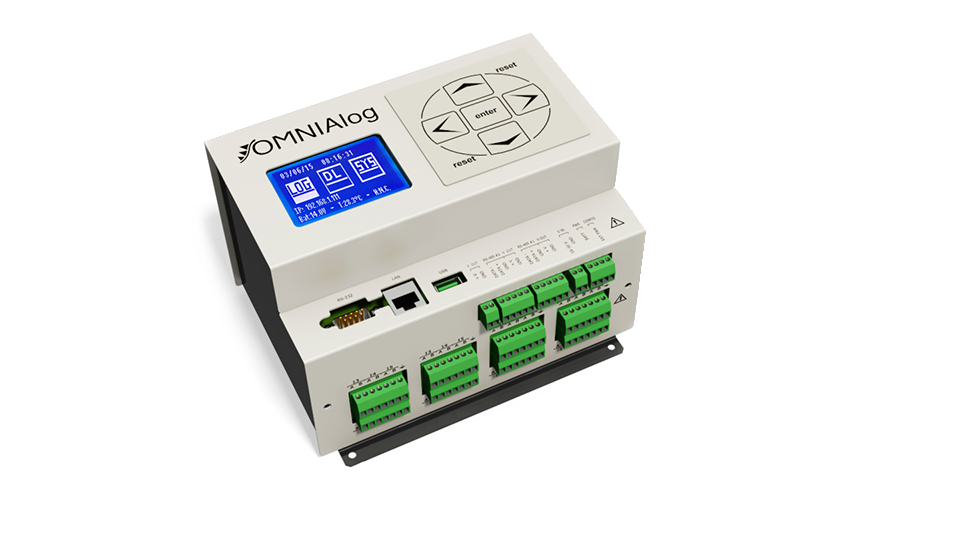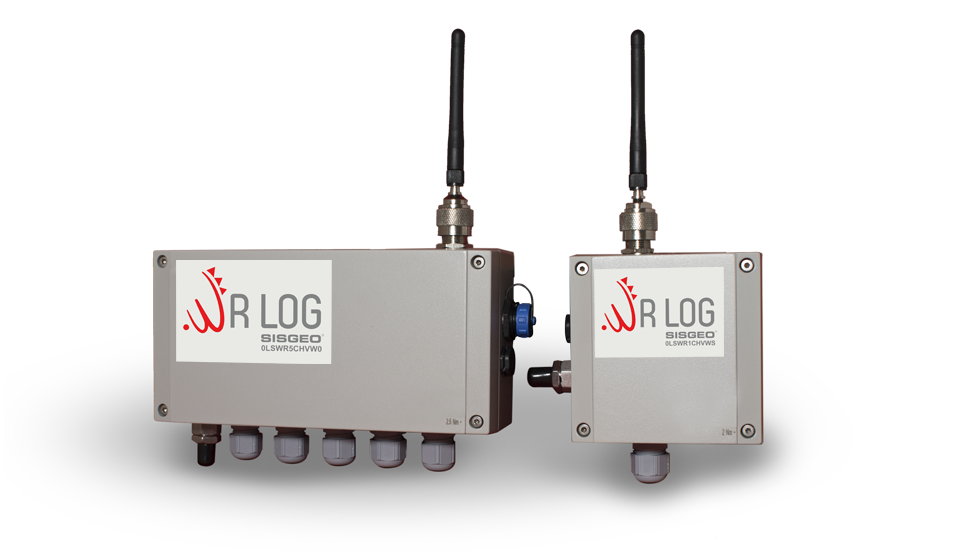Dataloggers
Dataloggers are crucial in geotechnical and structural monitoring as they facilitate data acquisition, real-time monitoring, long-term data logging, data processing and analysis, cost-effective monitoring, and alarm systems. These capabilities enhance the accuracy, efficiency, and reliability of monitoring systems, leading to improved safety, performance, and decision-making in infrastructure projects.
Data acquisition systems are commonly used during the construction of dams, bridges, tunnels and underground excavations, in monitoring landslide slopes, in dam rehabilitation and during mining.
The OMNIAlog datalogger is an advanced tool for automatic reading and storing data from a wired monitoring system.
The main features of OMNIAlog are:
– It does not require installation of any software, thanks to the built-in web server
– Standard LAN port for connecting any communication interface or to plug the logger into a local network
– High performance in terms of resolution and accuracy over a wide operating temperature range (-30°C to +70°C)
– Reads both analogue and digital instruments
– Compatible with all major geotechnical sensors on the market
Each OMNIAlog system can handle more than 400 analog instruments through the use of multiplexer expansion boards. Thanks to the standard LAN interface, you can connect any communication interface available on the market (e.g., 4G router, Wi-Fi access point, radio modem, fiber optic switch, etc.).
Don’t worry about hardware compatibility with operating systems or languages. The OMNIAlog advanced management software works like a website: just open the browser, enter the OMNIAlog IP address and start working.
WR-Log is a wireless data logging system that enables remote data acquisition and transmission from geotechnical or structural instruments without the need for physical or wired connections.
The system consists primarily of a series of battery-powered “nodes” capable of reading digital or analogue sensors, which transmit data via radio to a local gateway. The gateway collects all the data received. The gateway has an on-board LAN port and an internal router capable of sending data over the Internet.










